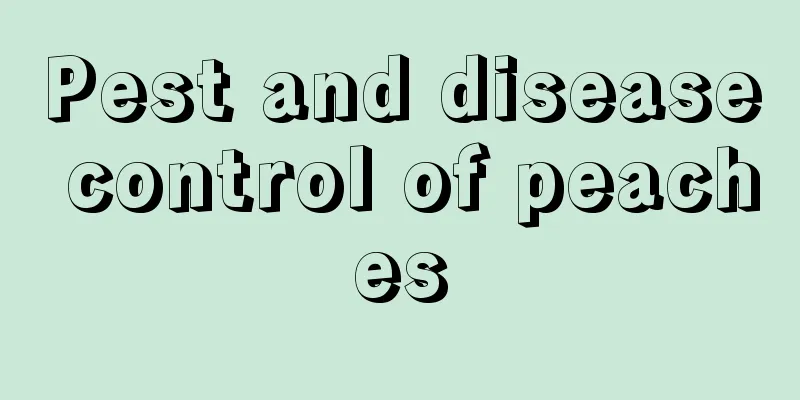What is the matter with the yellow leaves of Phalaenopsis? What should I do if the leaves turn yellow?

1. The temperature is too highPhalaenopsis grows best in a warm environment. Too high a temperature will cause the plant to enter a dormant state and accelerate water evaporation, causing the leaves to turn yellow due to water loss. Normally the temperature in summer should not exceed 30℃. If the temperature is too high, it is necessary to spray water around to cool it down. At the same time, good ventilation should be maintained to prevent bacterial growth. 2. Excessive water and fertilizerPhalaenopsis likes moisture and requires sufficient nutrients during its growth process, but excessive water and fertilizer can easily affect the growth of the root system, causing it to rot and the leaves to fall off. When watering in daily maintenance, be sure to pay attention to the amount of water and do not let water accumulate in the potting soil. Fertilization is mostly done during the growth period, in small amounts and multiple times. The fertilizer should be light rather than concentrated, and compound fertilizer is generally used. 3. Strong lightPhalaenopsis orchids are generally grown in a bright place indoors so that they can receive scattered light. If the light is too strong, the leaves can easily get sunburned and turn yellow. Usually, the time for sun exposure must be chosen in the early morning or evening. Appropriate shade is needed at noon. The sunlight is not strong in winter, so the plant can be exposed to the sun all day, which will help it survive the winter. 4. Pest and disease attacksIf the Phalaenopsis orchid becomes sick or infested with insects during its growth process, its leaves will also turn yellow. In this case, the diseased branches and leaves need to be cut off in time and burned in a centralized manner to prevent the spread of the pathogen. In addition, drugs should be sprayed, usually carbendazim or thiophanate-methyl for treatment. Pests can be eliminated by spraying insecticides such as dichlorvos. |
<<: What is the reason for the yellowing of the leaves of the green radish and how to remedy it
>>: What should I do if the leaves of Syngonium turn yellow or wilt?
Recommend
The efficacy and function of basil seeds
Basil Seeds' Effects on the Gastrointestinal ...
Dahlia planting methods and precautions
Dahlia, also known as dahlia and peony, is deeply...
The difference between jasmine and forsythia
1. Difference of blades The leaves of Forsythia a...
Causes and treatments for yellow leaves of Chlorophytum comosum
1. Improper light exposure 1. Reason: It is suita...
Can Dendrobium officinale be hydroponically cultivated? Rooting method of hydroponically cultivated Dendrobium officinale
Can Dendrobium officinale be hydroponically culti...
How often should I water the bamboo palm?
How often should I water the bamboo palm? Bamboo ...
How to distinguish the authenticity of saffron, several methods to distinguish the authenticity
1. Observe the appearance If you want to determin...
What to do if the leaves of Phalaenopsis turn yellow
1. What is the reason If the leaves of Phalaenops...
Eggplant planting technology and management points
Eggplant is an annual herb. With its strong adapt...
Why are the leaves of Monstera small? How to solve it?
1. Lack of sunlight Reason: Although Monstera is ...
The difference between heartleaf vine and green radish
1. Color 1. Heartleaf Vine The easiest way to dis...
How many kilograms of sweet potatoes can be produced per mu (approximately how many kilograms of sweet potatoes per mu)
Sweet potatoes are a kind of food crop introduced...
How to grow potted violets
1. Breeding methods 1. Flower pot: When growing p...
Cynomorium songaricum's growing environment and local conditions
Cynomorium songaricum growth environment and cond...
What soil is best for growing Dendrobium? How to plant it?
1. Soil quality To cultivate Dendrobium, you need...









